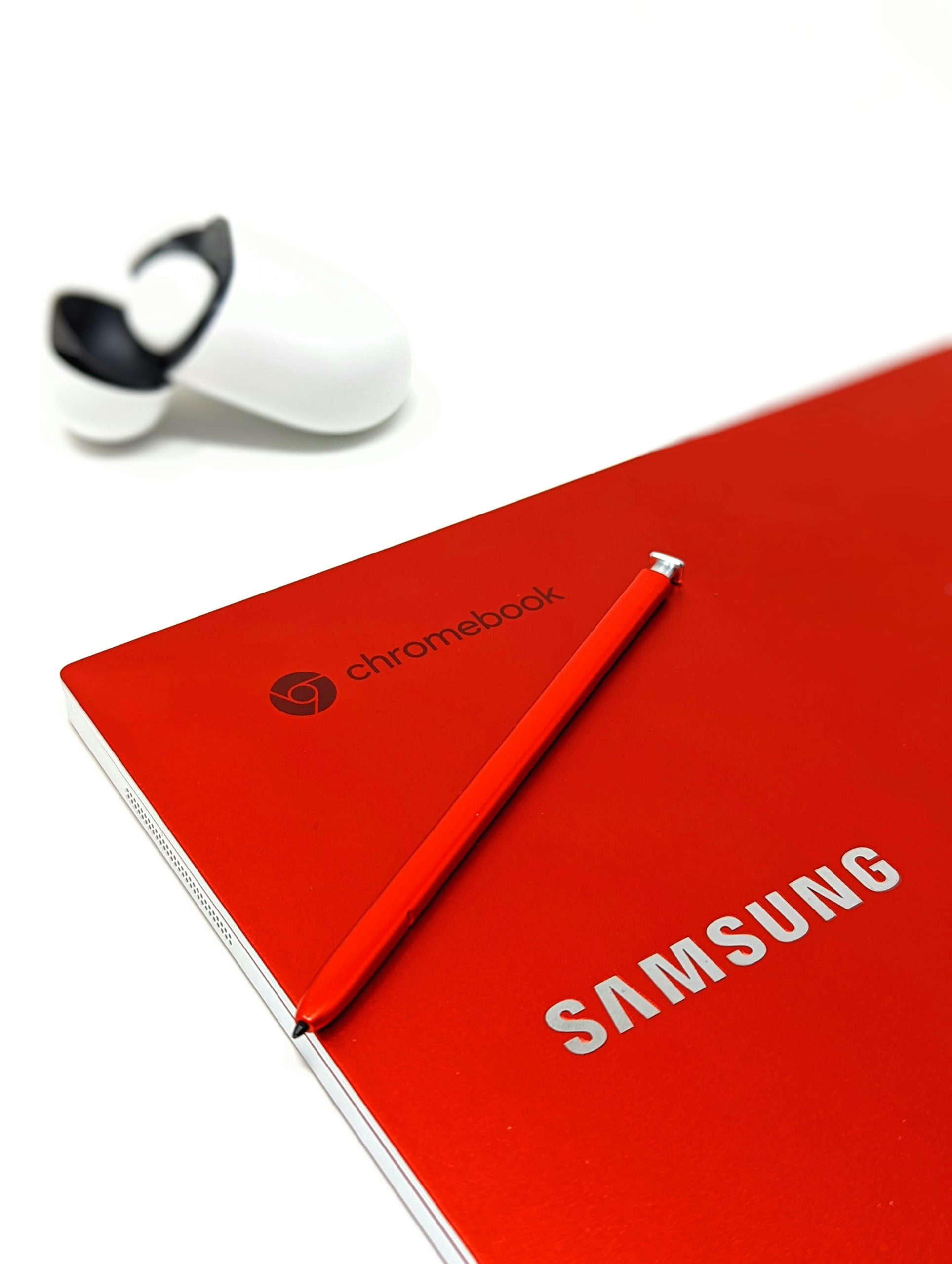Evaluating the Samsung Galaxy Book4 Edge for Office Productivity: An In-Depth Analysis
In the ever-evolving landscape of portable computing, selecting the right device for office and everyday tasks can be a challenging endeavor. Recently, a notable deal has emerged on the Samsung Galaxy Book4 Edge (2024 model), currently priced at $599.99—significantly discounted from its regular $899 price point. This presents an intriguing option for professionals seeking a reliable and lightweight device for routine office work. This article aims to analyze whether the Samsung Galaxy Book4 Edge is a suitable investment for such use cases.
Overview of the Samsung Galaxy Book4 Edge
The Samsung Galaxy Book4 Edge offers a suite of features tailored for mobility and everyday productivity:
- Processor: Snapdragon X Plus platform
- Memory: 16GB RAM
- Display: Full HD LED with anti-glare coating
- Battery: Designed for long-lasting performance
- Operating System: Windows 11 (implied, given the form factor and market positioning)
- Additional Features: Slim, lightweight design suitable for portable use
As a 2024 model, it incorporates the latest hardware optimizations, promising enhanced performance and efficiency.
Core Use Cases and Requirements
The primary tasks contemplated for this device include:
- Document creation and editing via Google Docs and Slides
- Participating in video calls and Zoom meetings
- Managing numerous Chrome browser tabs simultaneously
- Streaming content via Netflix or similar platforms
These use cases demand a device that is reliable, responsive, and capable of handling multitasking without significant lag or battery drain.
Hardware and Performance Considerations
While the Snapdragon X Plus processor is primarily designed for mobile devices and some Windows laptops emphasizing energy efficiency, it differs from traditional x86 architectures (Intel or AMD). Potential advantages include:
- Lower power consumption
- Integrated cellular connectivity options (if supported)
- Quiet operation due to passive cooling
However, considerations include:
- Compatibility with legacy Windows applications
- Performance limitations with resource-intensive tasks
Given your emphasis on basic productivity and media consumption, the Snapdragon chip should suffice, especially with 16GB of RAM—an ample memory configuration for multitasking and smooth operation of multiple Chrome tabs and video conferencing apps.
Operating System and Ecosystem Compatibility
One of the notable aspects of Snapdragon-powered Windows devices is their hybrid architecture. While they run Windows OS, some applications and peripherals optimized for x86 systems may experience compatibility issues. Nonetheless, for standard
Share this content:



